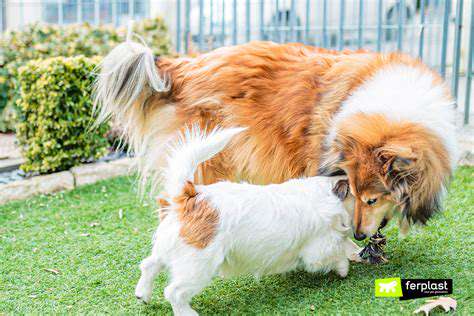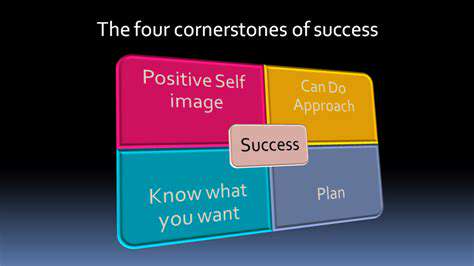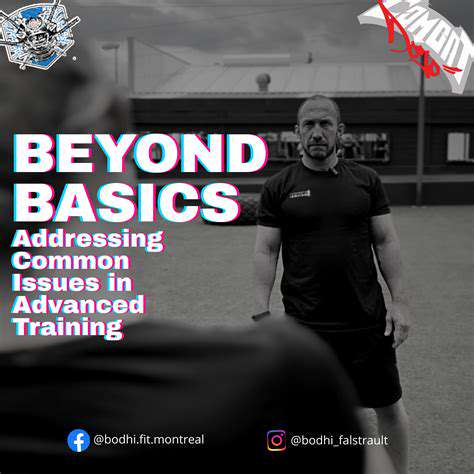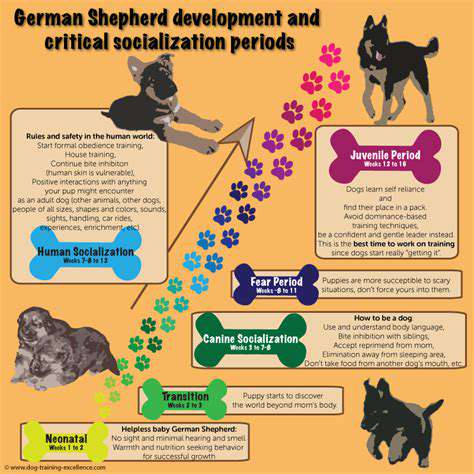Making the Most of Puppy Socialization Classes
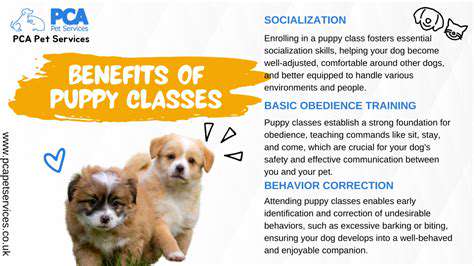
Puppy Socialization: Crucial for a Well-Adjusted Dog
Socializing puppies during their formative weeks creates lasting behavioral patterns. Meeting diverse people, hearing various sounds, and encountering different animals builds a foundation for confidence and adaptability. The prime window for this exposure falls between weeks 3 and 12, when young dogs absorb experiences like sponges. Proper socialization dramatically reduces future issues like fear-based reactions and creates harmonious human-canine relationships.
Successful socialization hinges on creating stress-free, rewarding encounters. New experiences should be introduced at the puppy's comfort level, with treats and praise reinforcing positive associations. Never flood a young dog with too much stimulation at once - gradual exposure with plenty of encouragement works best. This thoughtful approach nurtures a puppy's natural curiosity while preventing overwhelming situations.
Understanding the Importance of Early Exposure
Early life experiences shape how puppies interpret their world. Varied environments - from grassy parks to urban sidewalks - teach dogs to navigate different settings confidently. The same applies to meeting people of various ages, sizes, and appearances. These encounters build canine social intelligence that lasts a lifetime.
Supervised introductions to other vaccinated, friendly dogs are equally important. Puppies learn canine communication through play, discovering appropriate social cues and bite inhibition. Such interactions establish healthy social habits that prevent problems when meeting dogs later in life.
Strategies for Successful Puppy Socialization
Begin socialization as early as responsibly possible, ideally around three weeks old. Create a checklist of experiences to introduce gradually:
- Different floor surfaces (tile, carpet, grass)
- Household appliances and noises
- Gentle handling of paws, ears, and mouth
- Various people (men, women, children, people wearing hats/uniforms)
Professional puppy classes offer structured socialization opportunities with expert guidance. Look for programs that emphasize positive reinforcement and small class sizes. These controlled environments help puppies learn proper social etiquette while owners gain valuable training insights.
Remember that socialization continues throughout a dog's life. While the early weeks are most formative, regular positive experiences maintain and build upon this crucial foundation. Every walk and outing presents new chances to reinforce good social skills.
Creating a Positive and Safe Learning Environment for Your Puppy

Fostering a Positive Learning Environment
Effective puppy education requires patience and positivity. The most successful trainers create sessions that feel like engaging games rather than work. Keep initial training bursts brief (5-10 minutes) and always end on a high note. This maintains enthusiasm and prevents frustration for both puppy and owner.
Vary training locations to generalize commands. What a puppy learns in the kitchen should translate to the backyard and beyond. Incorporate real-world distractions gradually, starting with mild interruptions and building to more challenging environments.
Ensuring Safety and Well-being in the Learning Space
Physical safety forms the bedrock of effective training. Remove potential hazards like electrical cords, toxic plants, and small choking hazards from training areas. Always use properly fitted harnesses or collars during outdoor sessions to prevent escapes or injuries.
Equally important is emotional safety. Never punish natural puppy behaviors - redirect inappropriate actions to acceptable alternatives. If a puppy shows stress signals (yawning, lip licking, avoidance), immediately ease the session's intensity. Building trust through positive experiences creates eager learners.
Modern life moves at a relentless pace, but training a puppy forces us to slow down and engage our senses. The tactile experience of handling treats, leashes, and toys provides grounding sensory input often missing from screen-dominated days.
Maximizing the Benefits of Puppy Socialization Classes: Long-Term Impact
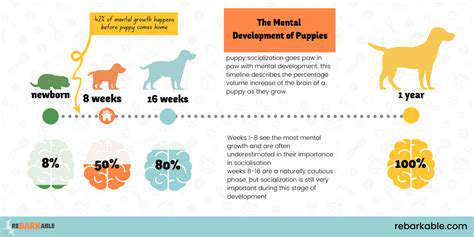
Puppy Socialization: Crucial for a Well-Adjusted Pup
The socialization period represents a unique developmental phase that can't be replicated later. Puppies exposed to diverse positive experiences during weeks 3-14 typically develop into more adaptable adult dogs. This early work pays dividends for years, reducing reactivity to strangers, other animals, and novel situations.
Well-socialized dogs tend to:
- Exhibit lower stress in veterinary settings
- Adjust more easily to lifestyle changes
- Display better impulse control
- Form stronger bonds with their human families
Nutrition for Optimal Growth and Development
A puppy's diet directly impacts their ability to learn and socialize effectively. High-quality nutrition supports cognitive function and emotional stability, making training sessions more productive. Consult your veterinarian about appropriate food choices based on your puppy's:
- Breed size and expected adult weight
- Any existing health conditions
- Activity level and metabolism
Early Training and Obedience
Basic obedience creates structure that puppies crave. Simple commands like sit and watch me provide puppies with clear behavioral guidelines, reducing anxiety in new situations. Training should always be:
- Reward-based (treats, praise, play)
- Brief but frequent (multiple 5-minute sessions daily)
- Consistent across all family members
Preventing Health Issues
Preventive healthcare allows puppies to focus on learning rather than discomfort. Stay current on:
- Vaccination schedules
- Parasite prevention
- Dental care routines
- Regular wellness exams
Exercise and Playtime for Physical and Mental Well-being
Balanced activity prevents both physical and behavioral problems. Follow the five minutes per month of age guideline for structured exercise, supplemented with:
- Food puzzle toys for mental stimulation
- Supervised play with appropriate canine companions
- Novel scent exploration in safe environments
Providing a Safe and Stimulating Environment
Environmental enrichment prevents boredom and destructive behaviors. Rotate toys weekly to maintain novelty, and create puppy-safe zones where exploration is encouraged. Include:
- Different textured surfaces to walk on
- Varied sounds (TV, radio, household noises)
- Novel objects to investigate (always supervised)
Read more about Making the Most of Puppy Socialization Classes
Hot Recommendations
- The Impact of Early Socialization on a Dog's Interaction with Other Animals
- Car Travel and Puppy Socialization: Making the Journey a Positive Experience
- The Importance of Early Environmental Exposure for Puppy Development
- Taking Your Puppy to the Vet: Positive Socialization Strategies
- Making Training a Positive Experience for Your Puppy
- Public Transportation and Puppy Socialization: A Step by Step Guide
- Safe Socialization: Allowing Others to Pet Your Puppy
- Helping a Puppy Who Struggles with "Stay"
- Positive Puppy Interactions: Making Meetings with New Friends Fun
- No Treats Needed? Training Basic Commands with Verbal Praise


